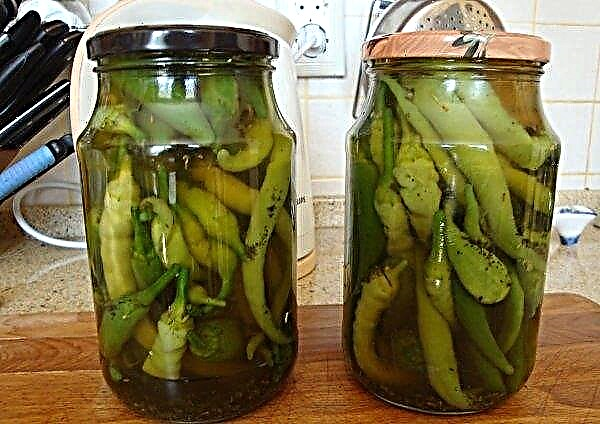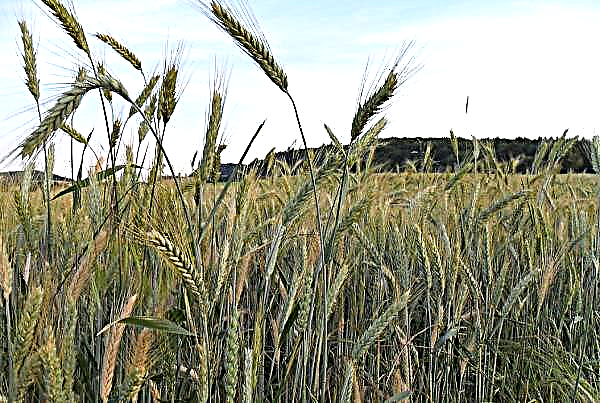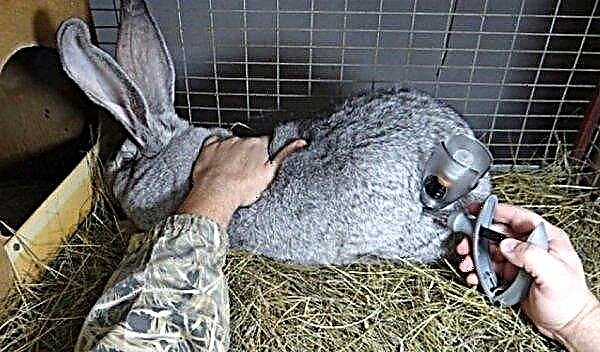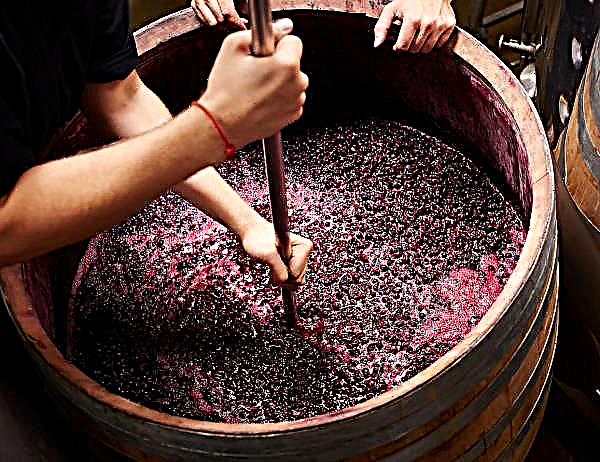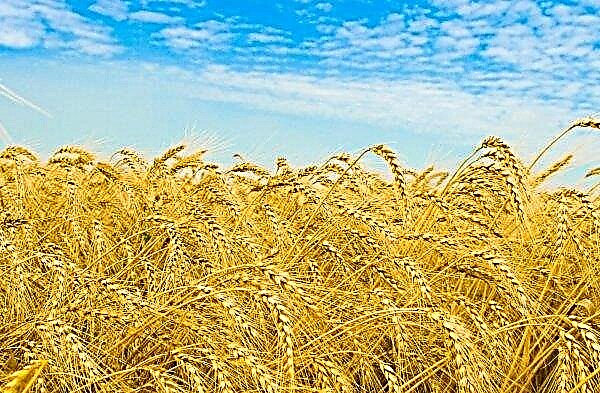Following an outbreak of foot and mouth disease in three South Korean farmhouses in Anson and Chunju earlier this year and subsequent measures by the South Korean government, North Korea's livestock industry insiders have reported that the disease has spread to the DPRK.
Numerous sources in three regions of North Korea reported that the outbreak of foot-and-mouth disease in their areas led to the death of large numbers of cattle on collective farms. In the early stages of the outbreak in Pyongyang, it was suggested that cows died from malnutrition. But as the number of deaths increased, the veterinary-sanitary agency launched an investigation and concluded that it was foot and mouth disease.
Foot and mouth disease is a viral, legally recognized infectious disease of the same type that occurs in artiodactyl animals such as cows, pigs, goats, deer and camels and causes the formation of blisters around the animal’s mouth and legs in 5–55% of cases. South Korea also received information about an outbreak in North Korea, monitors the spread of the disease for appropriate action. Foot and mouth disease can spread through the air, and if it reaches the border regions of South Korea, the South Korean authorities will have to take measures to combat it, such as a nationwide ban on the transport of all artiodactyl animals and the prophylactic selection of livestock on farms in areas of disease outbreak.
North Korea also isolates outbreaks of foot and mouth disease and announces disinfection and treatment measures. However, the vast majority of North Korean collective farms lack suitable means, such as disinfectants and quicklime. They also lack an understanding of the disease itself, and they often expect it to go away in quarantine.




